|
Today, we cross from the Pacific Ocean to the Atlantic through the original Panama Canal. History Warning: (there may be a test) Before the completion of the Panama Canal, all ship traffic had to make the 7,800-mile trip around Cape Horn at the southern tip of South America. After the canal passage, the trip is only 51 miles between oceans so reduced both cost and time even with the fees to pass through. Interest in a passage started all the way back to the 1500's when the Spanish King sent representatives to study the feasibility. The thought the canals between the lake and the oceans was difficult. but the bigger issue is cutting through over 8 miles of the continental divide mountain range. Over 96 million cubic yards of earth and rock was removed to make a 40-foot-deep channel. Yes, the depth of water in some areas is just 40 feet deep. In the 1880's, the French attempted to make a canal but failed. The US took up the construction in 1904 and completed the canal in 1914. Of the 56,000 workers, 10 percent or 5,600 died during construction. Most died from diseases like malaria and yellow fever. Ships are guided through the locks by mules which are small train engines. Each mule is 8 foot wide and 12 feet long. They weigh 42 tons each and can tow 25,000 lbs running on electric motors. Using lines and powerful pulleys, they keep ships from brushing into the sides of the canal. Ships use minimum power to move forward with the mules slowing and stopping ships once in the middle of a lock. The term Panamax is used to identify ships that are the approved size to use the original locks. The ship can be up to 950 feet in length and up to 106 feet wide but no more than 39.5-foot draft. That is pretty specific. A new set of locks were built to accommodate much larger ships. Construction started in 2009 and was completed in 2016. Any ship that is larger than the original canal must use the new canal. The newer canal allows for lengths up to 1,200 ft and widths up to 160 ft. A couple of interesting facts:
End History lesson... maybe. (Ok no test) We got up very early because we were to start through at 6am. There are a lot of ships waiting their turn to go through the canal. We get to go through close to our starting time because we have a reservation. That costs a lot more than just waiting for a gap in traffic. It will take most of the day to transit. We started lining up and getting our pilots at 6am and should be out into the Atlantic by late afternoon. Amazing! We will go through both Pacific locks before 11am. We gathered on the bow to see the approach to the first lock. On the bow were offered coffee and Panama Rolls. The rolls are a little sweet. A Frigate bird looked us over to see if we were ready. These birds are HUGE. They can have up to a 7 1/2 foot wingspan and a body of over 30 inches in length Seeing that we have a delay to enter, we took time for second breakfast or first lunch. Whatever… On ship we eat like Hobbits. Breakfast, Second Breakfast, Elevenses, Lunch, Second Lunch, Afternoon Tea, Dinner, Supper, Midnight snack… and of course, cocktails throughout the afternoon and evening with holdovers. Enough about that and back to the canal. First, we passed under the Bridge of the Americas. This was finished in 1962 to take traffic off crossing the canals on pivoting bridges. It is starting to get just a bit shallow. This is the display in the Crow's Nest. Yes, the depth was 34 FEET! There are huge docks with ships loading and unloading ships. Many companies bring boxes to one end of the canal then unloads. The boxes are reloaded on a special ship/barge that is built only to carry boxes to the other end of the canal to loaded on sea going ships to take them to the destination. The ship below is one of those transfer ships which is passing through the new canal system. As we approached the first set of locks we slowed, and ropes were passed to the lock workers. We were then tied off to the Mules. In the past actual Mules were used to pull ships but for a long-time small train engines are used but the name is still used. They even have huge rollers to help guide ships if needed. Once in the first lock, we could see how close we were to the sides. Once in the lock the doors were closed, and the water lifted us. We got a view of both our lock filling and the other set of locks closed double doors. The next lock was waiting for us to enter once we were at the correct level. On to the next lock. The older locks are showing their age and, in some places, need repairs. On to the next bridge and the "Cut". At 11:25 am, we passed the continental divide from the Pacific to the Atlantic side. The divide is a cut through the mountains. An amazing amount of rock was removed to make the cut. As we passed through the narrow channel, we passed several ships. The Texas Highway is a car carrier. Reserving a spot is $35k but to transit ocean to ocean is $500,000. We started before 8am and got in the Atlantic by 1pm. We are a Panamax ship meaning, we are short enough and not too wide to use the old locks. Our ship leaves 2 feet of clearance on each side and 26 feet shorter than the locks. Wow, it takes a while to move a million gallons of water. Yes, each time the lock empties or fills it is 1 million gallons of water. The only thing is that water can only flow out of the lake or to or from basins next to each lock. If it was dumped into the lake, it would eventually become salty. We passed through the lake and started lining up for our entry into the last sets of locks. Each lock has “mules” which are small but powerful locomotives. It took 4 for the bow and 4 for the stern to keep the ship off the walls and pull us through each lock. Our last set of locks. As we started into our second lock, we were being followed by a sister cruise ship the Carnival Pride. It was so strange seeing a ship higher than we were in our lock. It was amazing to think of the amount of work that went into the construction of the “Cut", canals, and locks. We left the last lock at 4:30pm. Original plan was to visit Cartegena, Columbia. But just 2 days before our ship was told that we need new covid tests done or they would not let us dock. This was not part of the agreement with the cruise lines since we had just been tested before going through the canal. An exemption was asked for and plans made to stop at a new port in Limon, Costa Rica. Then at 5pm, the captain came on for an announcement that we had another change to our ports list. Some weird rule says that we have to visit a South American port after leaving from a US port and visiting Central American ports. Who knew?! Because we are NOT allowed by Columbia to dock, we will anchor for the required amount of time in their harbor and then proceed to Half Moon Cay as our last “port of call”. This also means that our next port in Costa Rica, Limon, is not going to be visited this cruise.
1 Comment
Julie Rabren
2/25/2022 05:01:18 pm
The pictures and history lesson are awesome. Glad you both had a wonderful time traveling through the Panama Canal. So cool!
Reply
Leave a Reply. |
AuthorWe are a couple who have started on a new adventure... Archives
February 2024
Categories |
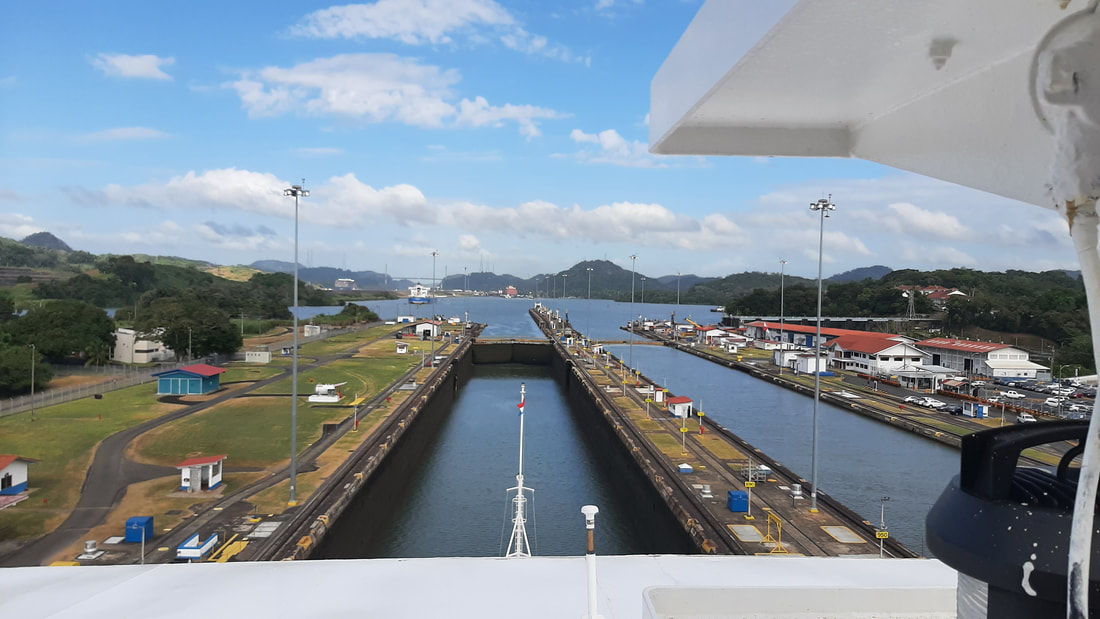
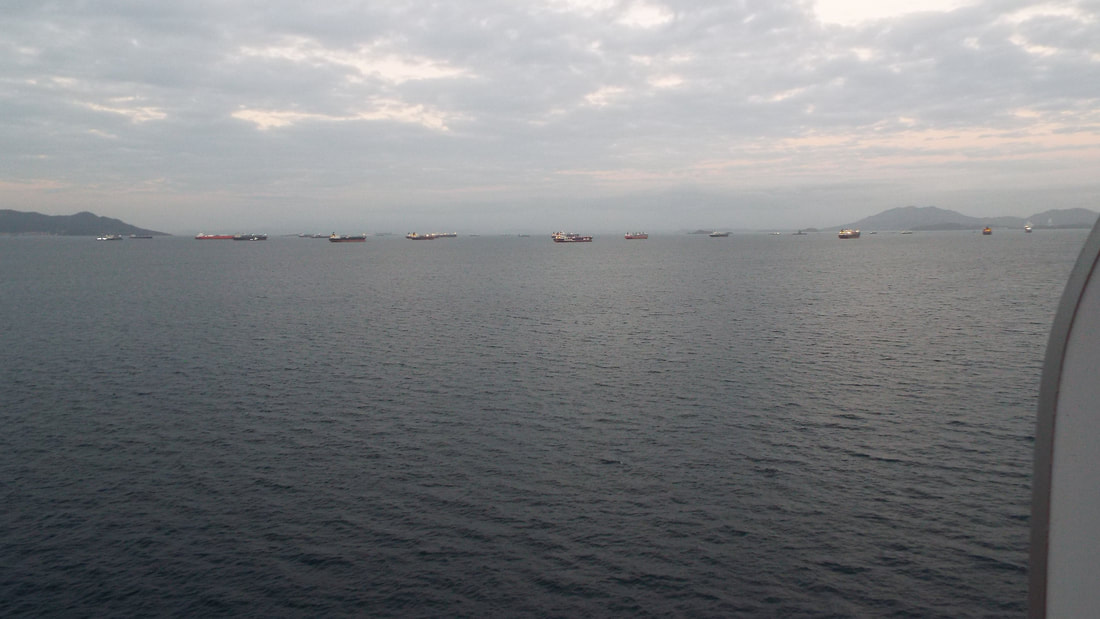
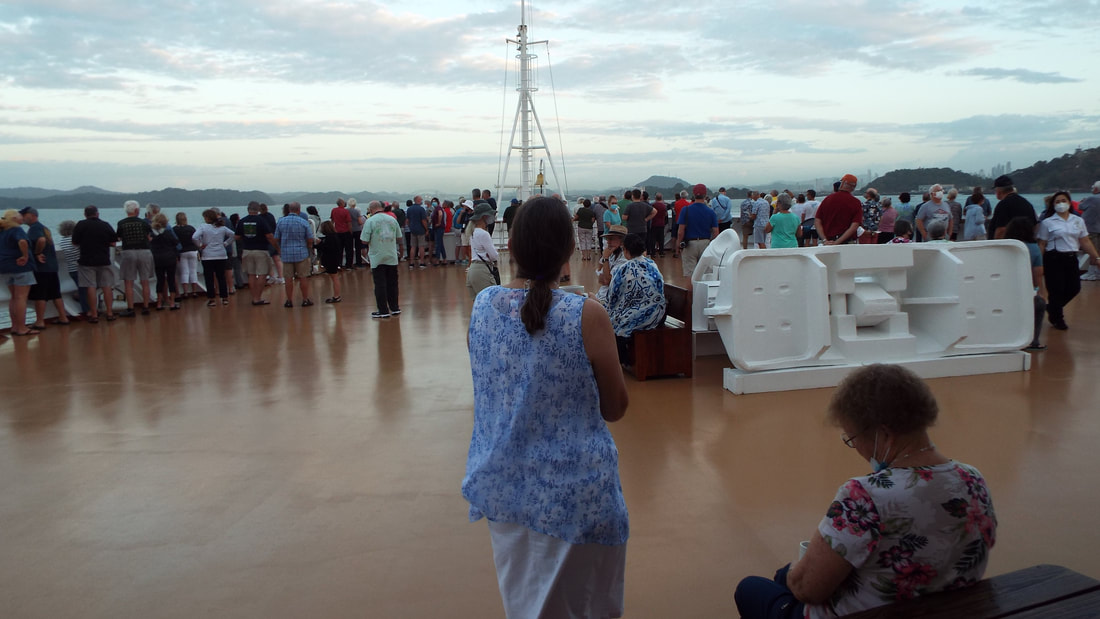
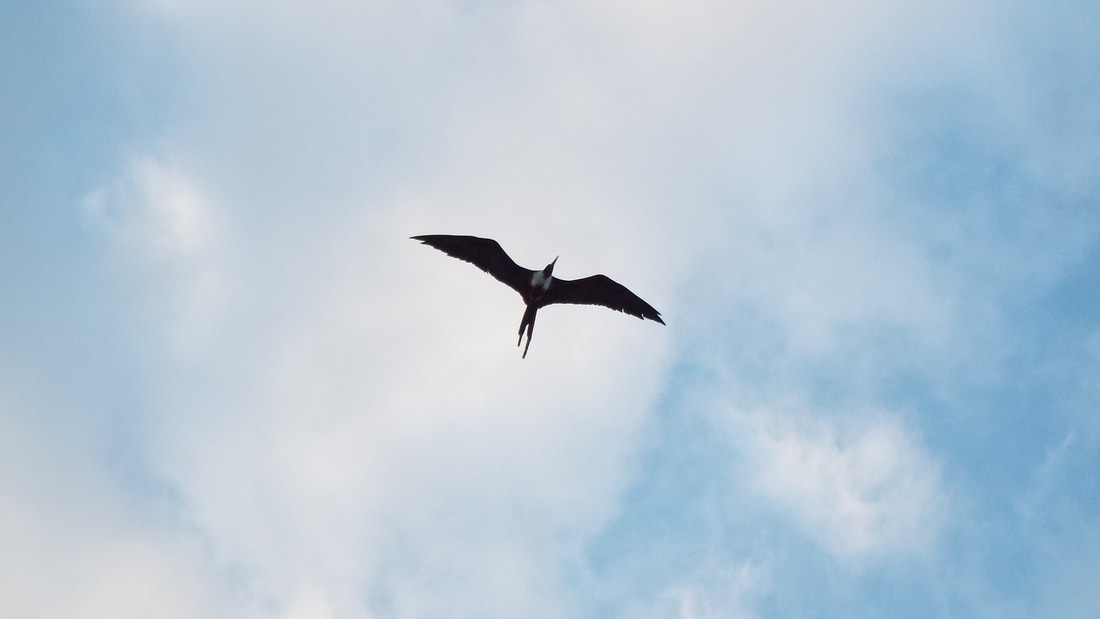
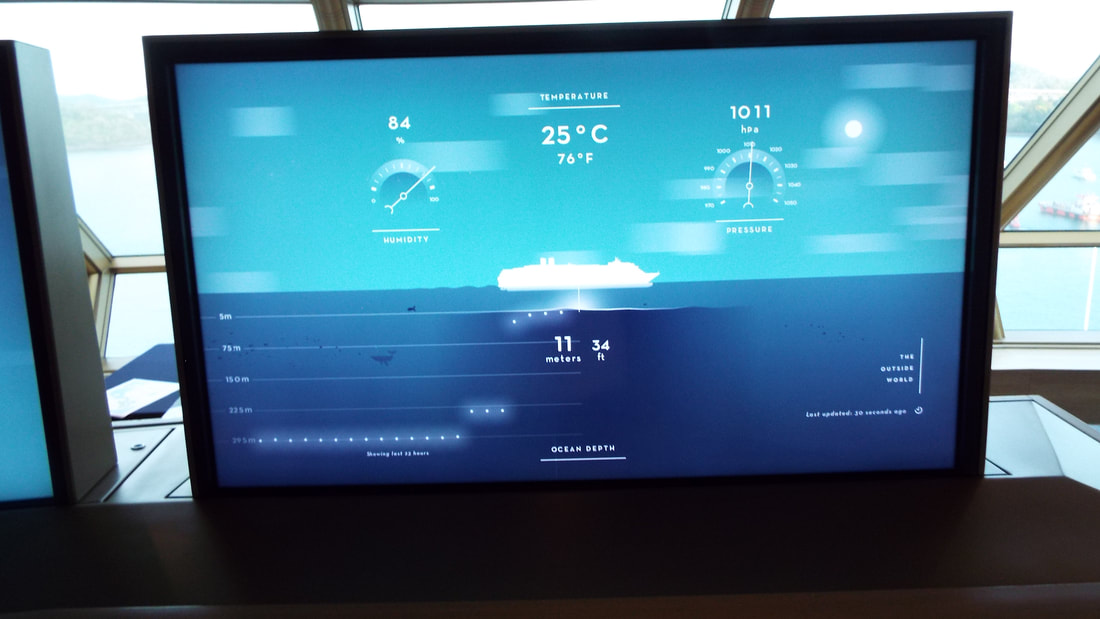
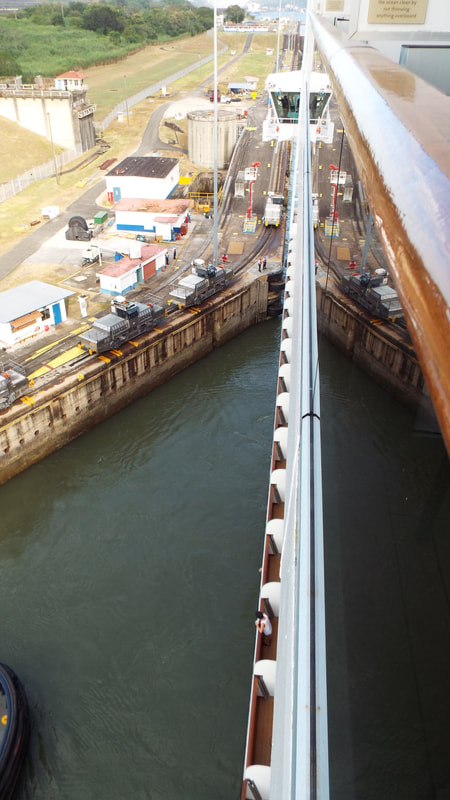
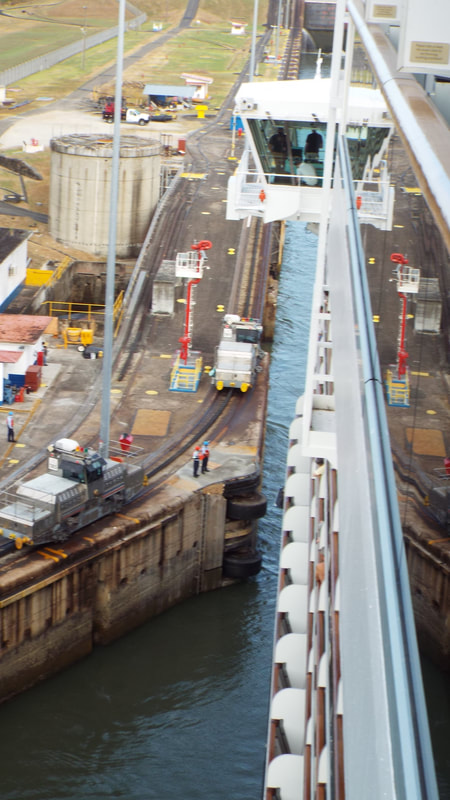
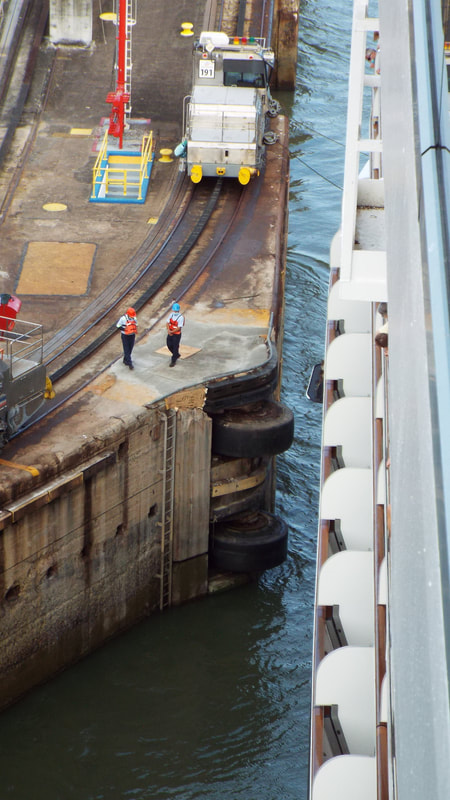
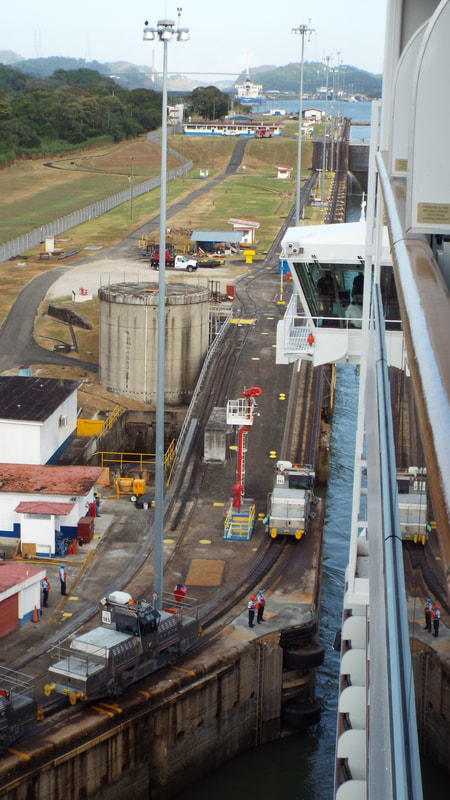
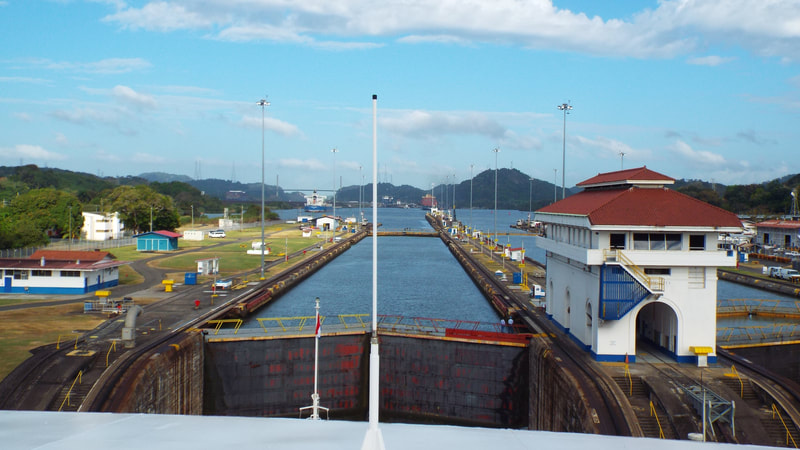
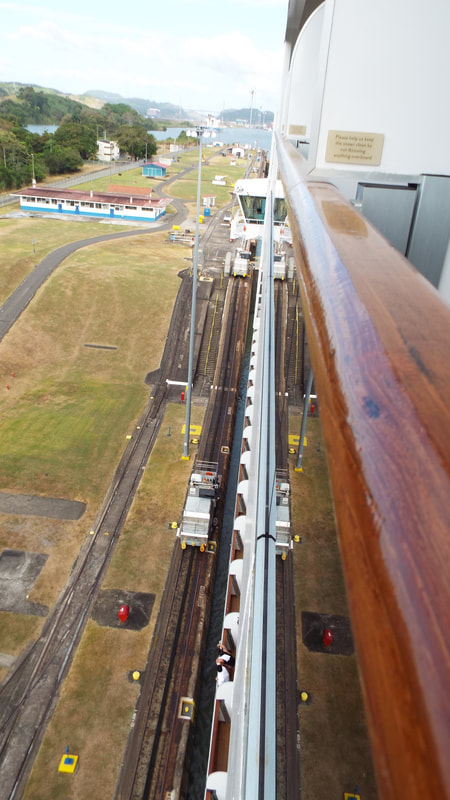
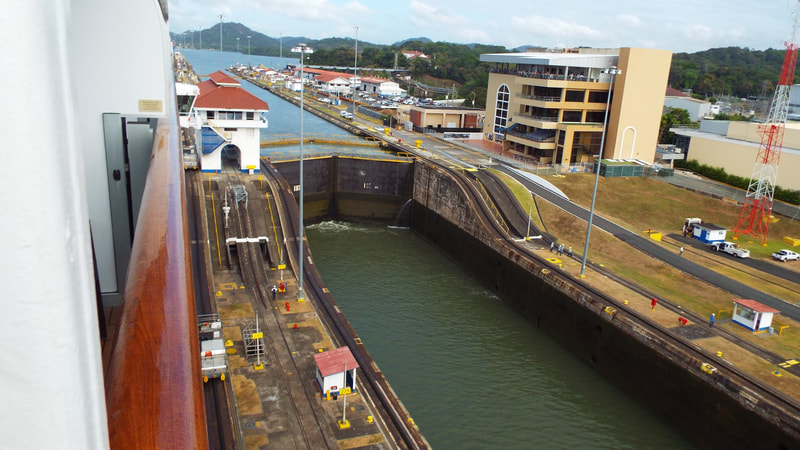
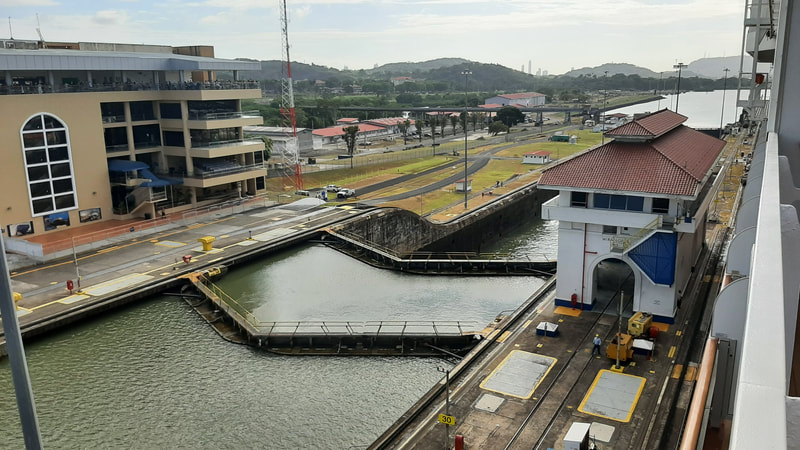
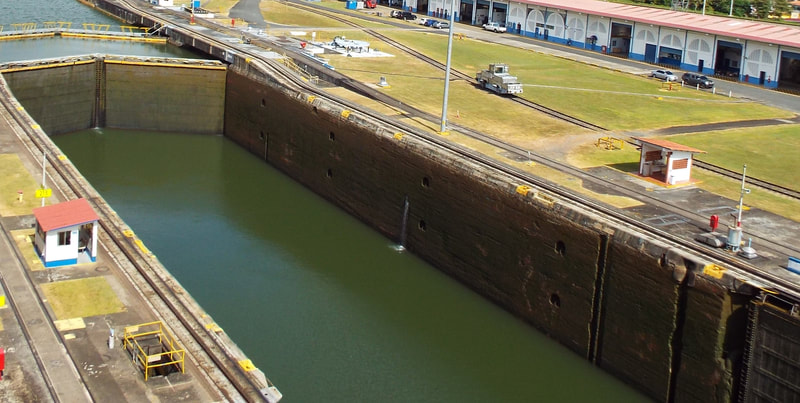
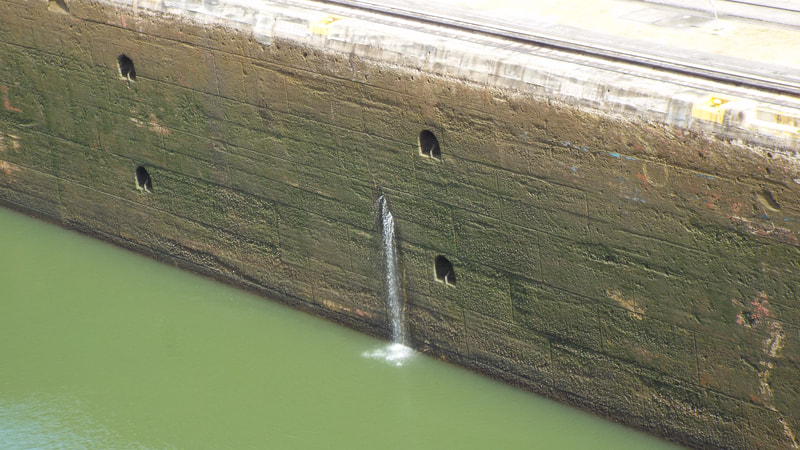
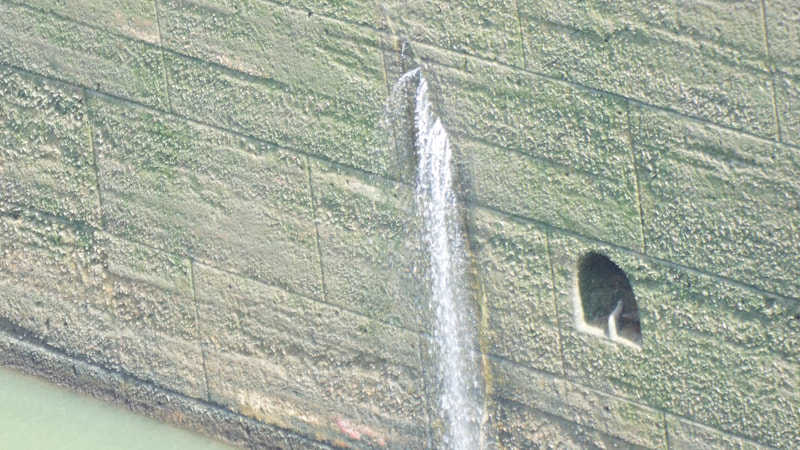
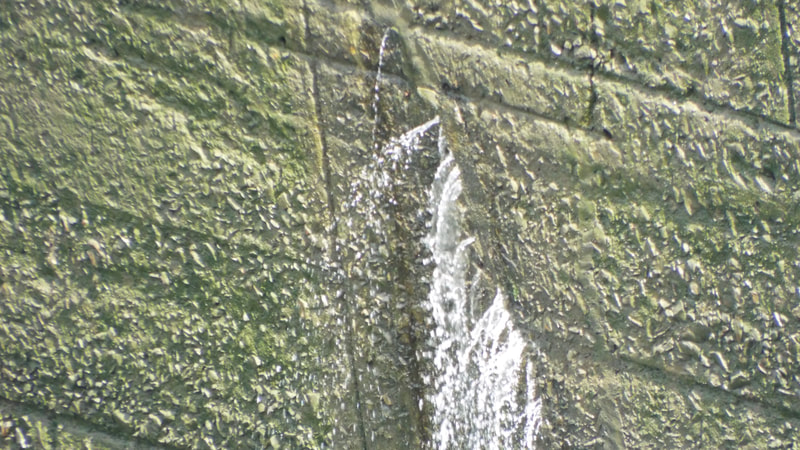
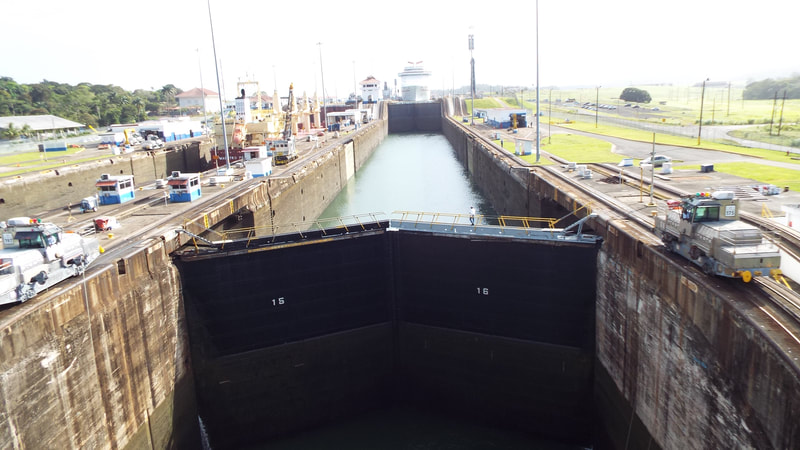
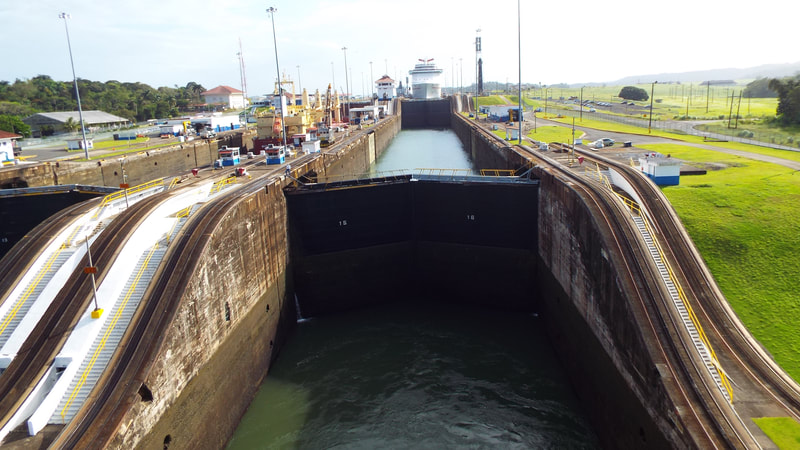
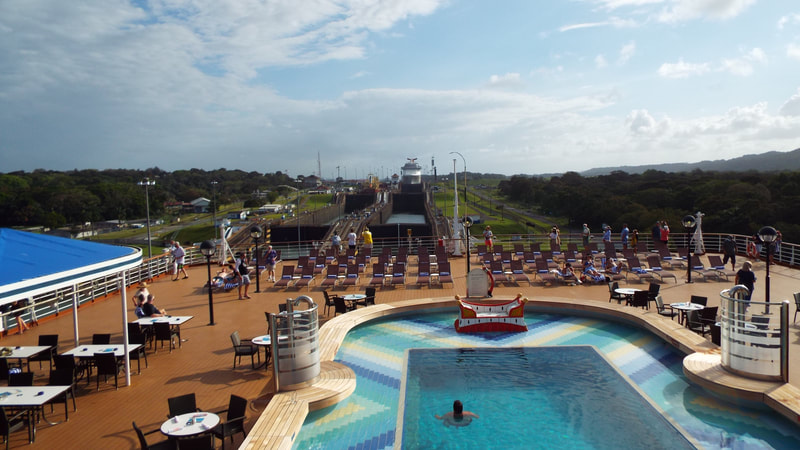
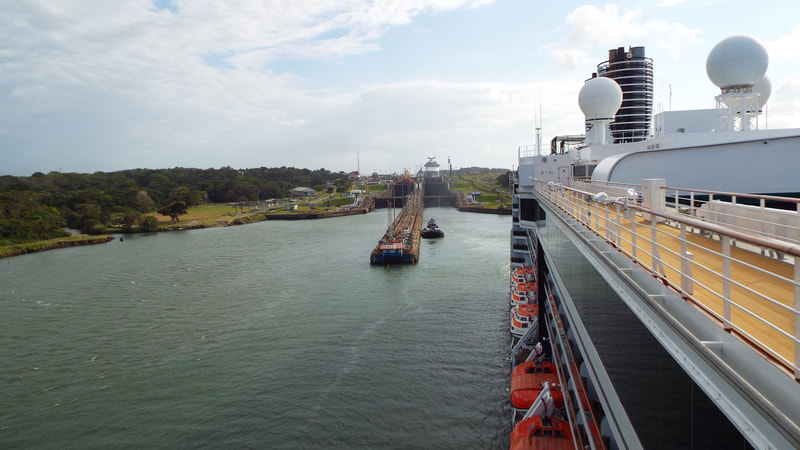
 RSS Feed
RSS Feed